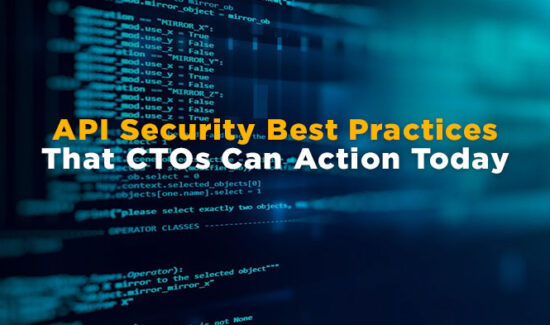What to Look for in Your Security Analytics Solution


Cyber attacks on enterprises are only increasing in frequency and boldness. New attack vectors are appearing every day, especially with the vulnerabilities inherent to the Internet of Things and their corporate proliferation. Compounding the issue is the rise of bring-your-own-devices culture, the plethora of enterprise applications, and the exploitative evolution of hacking techniques.
What’s worse is that the diversity in attack surfaces can make it more difficult for cybersecurity experts to detect a threat on their networks. While a hacker can compromise an enterprise’s servers in a matter of hours, nearly three-quarters of attacks aren’t discovered until weeks afterwards, if not months or years. With so much of the data indicating an attack across disparate endpoints and platforms, evaluating the damage of a hack can be just as challenging.
IT security specialists often turn to security analytics as a means to combat this dimension of cyber threats. Security analytics are a solution designed to collect, compile, analyze, and synthesize event data; crucially, the data collected comes from across the enterprise—endpoints, network traffic, servers, applications, etc.—so the forensic analysis performed is comprehensive. Security analytics can help experts determine what systems have been compromised, the damage done to those systems, and if the attack is still occurring.
However, like all cybersecurity solutions, caution is warranted. Gartner Research Director Augusto Barros warns that organizations need to be careful about evaluating security analytics solutions and vendor claims before making their selection. So what should you look for in a security analytics solution?
Multiple Platform Monitoring and Consolidation
A worthy security analytics solution should be able to compile event data from across your enterprise’s network into a singular access point or pane. This is essential to ensuring easier analysis, feature implementation, and compliance reporting. Therefore, the best security analytics solution for your enterprise will have an interface that works best for your IT team—which may involve a visualization element.
On a related note, solid solutions should be able to access and correlate events that occur on disparate platforms, applications, and devices. If it can’t, or has a significant limitation, you may want to pass.
The Right Threat Learning and Monitoring Systems For You
Security analytics can used different forms of threat detection and learning in their monitoring, and each has their own strengths and capabilities. A statistical approach might detect a suspicious uptick in network traffic where it shouldn’t be. In comparison, a machine learning approach can recognize patterns in the traffic that indicate malicious activity. Which suits your enterprise best should be considered carefully.
The most innovative security analytics solutions are starting to incorporate other kinds of learning and data capabilities to improve their effectiveness, such as threat intelligence and geo-location. These burgeoning features might be worth weighing in your selection decision.
Compliance Reporting
Regulations such as HIPAA often require tangible evidence of data activity monitoring and log collection for auditing. The consolidation and forensic detection capabilities of security analytics can greatly reduce the stress of both requirements. Often, security analytics solutions will offer reporting for compliance mandates, reducing the burden on IT teams. This should be a major consideration when selecting a solution.
It is important to remember security analytics is distinct from SIEM and UEBA, both of which can be seen as components of security analytics; SIEM is focused on log management and compliance, and UEBA examines behaviors for suspicious activity. Moreover, security analytics should be selected to a component of your cybersecurity policy—not the end-all and be-all. It works best when paired with other cybersecurity solutions and tools such as endpoint security. Make sure you consider those solutions, and how all the tools will integrate, when making your selections.
Widget not in any sidebars























